clinical inputs pharma ready materials analytical calcium alpha-ketoglutarate
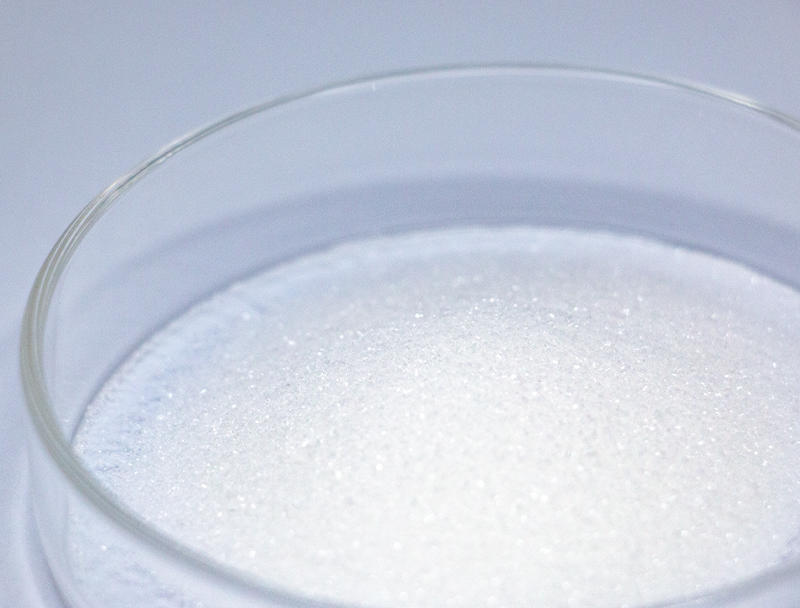
Industrial biosynthesis counts extensively on a broad palette of substrates to manufacture advanced biological products.
Preserving continuous ethical sourcing of resources forms the foundation of durable, responsible industrial growth.
multiple challenges associated with traditional raw material procurement such as ecological damage and resource depletion. Consequently, biotech firms need proactively to adopt sustainable procurement approaches to reduce environmental impact.
- Cases of responsible feedstock strategies feature:
- Employing waste-stream inputs from industry leftovers
- Adopting looped production models to decrease loss and amplify reuse
- Aligning with domestic providers that adhere to transparent sourcing
Adopting sustainable feedstock strategies yields environmental wins alongside fiscal sustainability.
Enhancing Biomass Composition for Superior Biofuel Results
Improving fuel production performance hinges on the attributes of biomass inputs. Scientists are constantly exploring novel strategies to optimize these feedstocks, leading to higher yields of biofuels and a more sustainable energy future. Efforts pair genetic enhancement for feedstock abundance with advanced pretreatment to produce usable sugars.
- Moreover, investigations target novel feedstocks like microalgae, municipal residues, and field residues to widen the pool of renewable biomass for biofuel use.
- Via sustained research the industry stands ready to accomplish considerable improvements that enable a greener energy transition.
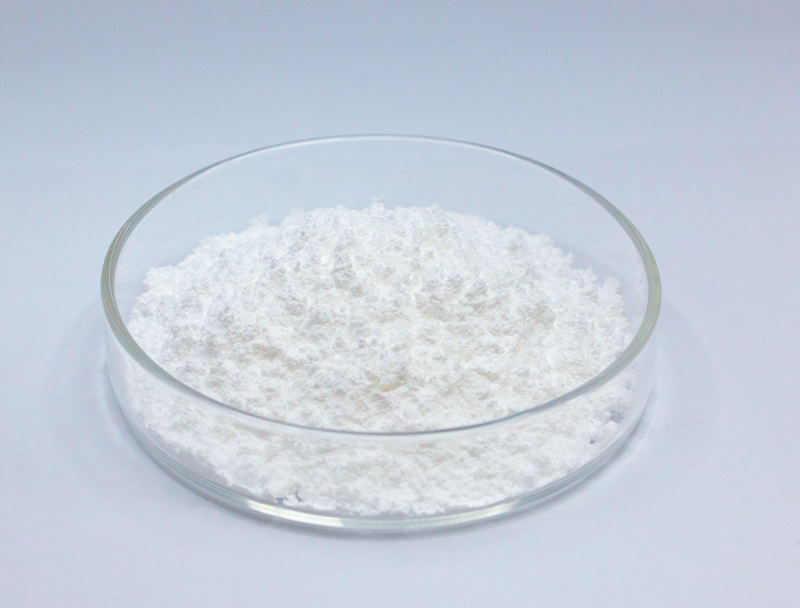
Advances in Biopharmaceutical Manufacturing: Focus on Upstream Operations
represents the initial stages of biopharmaceutical manufacturing, encompassing all steps from cell culture and cell harvesting Ongoing innovations have accelerated process enhancement leading to greater yields.
Pivotal enhancements embrace high-performance cell lines, balanced media compositions, and intelligent reactor control systems. These developments raise yield and cut costs as well as diminish environmental consequences.
- Similarly, continuous process trends grant superior flexibility and refined control across production stages.
- This shift towards more sophisticated biopharmaceutical manufacturing methods promises to revolutionize the industry and pave the way for faster development of novel therapeutics.
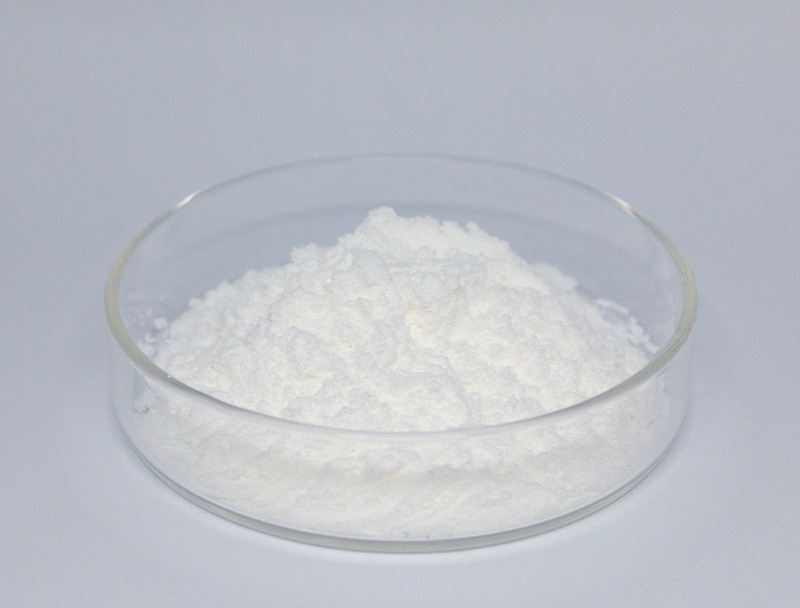
Genetic Engineering Innovations for Higher Therapeutic Yields
advances in genomic editing tools including CRISPR have transformed therapeutic manufacturing. Via deliberate gene edits, teams amplify protein expression for higher yields. The approach may facilitate scalable, low-cost therapeutic production for numerous diseases.
Microbial Solutions for Greener Bioremediation Practices
forward-looking microbial interventions for environmentally friendly decontamination. Microbial communities can biotransform hazardous materials into lower-risk substances. Employing microbial processes facilitates remediation approaches that preserve ecosystem integrity while reducing pollution.. Investigators study multiple microbial strains for abilities to transform metals, degrade agrochemicals, and process petroleum wastes.. Microbial strains work in bioreactor settings or on-site applications to convert pollutants through biological pathways..
Microbe-based remediation provides compelling advantages over standard remediation methods. This method provides a low-cost, low-waste alternative to conventional remediation. Furthermore, microbial solutions are highly specific, allowing for the remediation of 2-Ketoglutaric acid particular pollutants without disrupting the broader ecosystem. Research efforts persist to upgrade the potency and implementation of microbial remediation strategies.
Bioinformatics Tools Transforming Drug R&D
Bioinformatic tools play an increasingly crucial role in the modern landscape of drug discovery and development. By integrating diverse datasets, bioinformatics enhances candidate identification and therapeutic optimization.
- By interrogating large-scale omics and clinical information, scientists find new targets and predict candidate efficacy.
- Furthermore, computational modeling of drug–target interactions aids rational design of higher-performing therapeutics.
- To conclude, computational approaches are revolutionizing discovery and reducing time-to-patient for effective drugs.
Cell Factory Optimization for Higher Bioproduct Output
deploys several tactics to elevate cellular production of valuable biochemicals. Tactics can encompass genetic engineering to reconfigure metabolism, promoter modulation to adjust expression, and pathway insertion to enable new reactions.. By refining pathway flux and regulation engineers can significantly raise bioproduct production.
This multifaceted approach has the potential to revolutionize a broad range of industries, including biopharmaceuticals, agriculture, and bioenergy.

From Lab to Plant: Challenges and Opportunities in Biomanufacturing Scale-Up
Industrial-scale production introduces demanding hurdles as well as strategic advantages. A primary obstacle is ensuring uniform quality control as volumes rise. Managing it necessitates robust automation, high-fidelity monitoring, and powerful analytical capabilities.
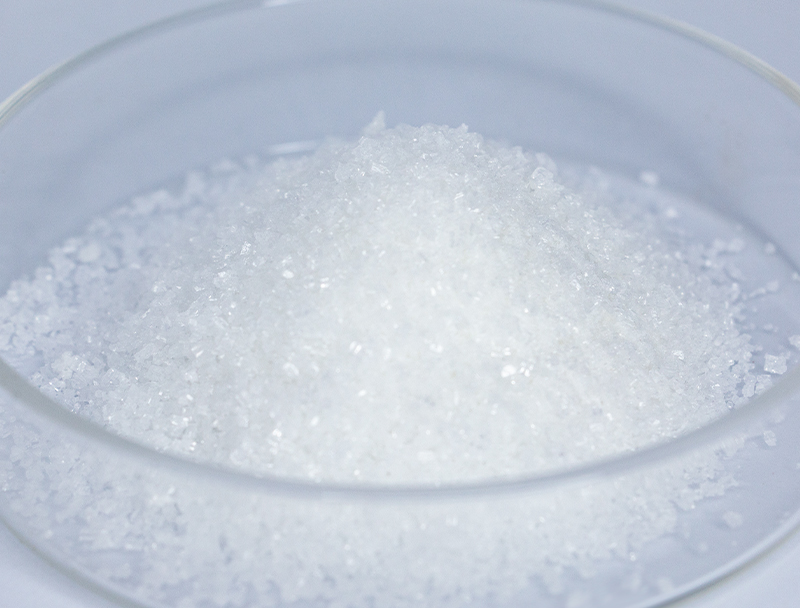
Also challenging is the layered complexity of biomanufacturing encompassing numerous sequential steps.. Adapting protocols for industrial scale requires considerable development work and engineering advances.. Nevertheless, the upside can be significant. Successful scaling up can lead to increased access of life-saving therapies, reduced production costs, and enhanced profitability.
A range of strategies is being implemented to address scaling problems. They encompass new process-improvement tools, in-line analytics for continuous oversight, and creative manufacturing approaches.
- Ongoing innovation drives improvements in industrial production capability.
- Regulatory bodies are modernizing pathways to accelerate approval of advanced production technologies and support innovation.
Navigating the Regulatory Landscape for Biopharmaceuticals: Ensuring Safety and Efficacy
Creating biologic medicines requires strict regulatory controls to maintain both patient safety and therapeutic value. Biologic therapeutics bring unique regulatory and manufacturing demands unlike traditional pharmaceuticals.
Agencies like FDA and EMA develop frameworks and criteria for validating and approving cutting-edge biotherapies..
Rigorous testing protocols are mandatory throughout the development lifecycle, from pre-clinical research to post-market surveillance.. The processes aim to expose risks and ensure that treatments meet exacting safety benchmarks.
Likewise, authorities progressively modify regulatory tactics to follow the speed of innovation in biopharma.. Measures involve adopting innovative technologies and enabling development acceleration without compromising patient welfare.
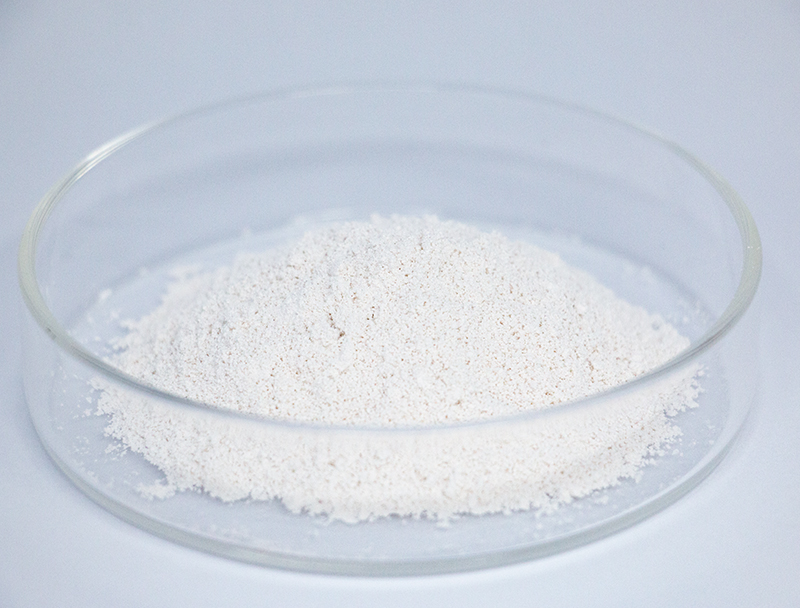
Evaluating Plant Biomass for Bioplastic Production
The expanding market for green materials prompts increased R&D into bio-based solutions. Converting plant biomass into bioplastics offers a credible pathway to environmentally sound products. Renewable inputs including cornstarch, cellulosic matter, and sugarcane biomass can be processed into biodegradable plastics that minimize long-term pollution.
Additionally, many plant-based bioplastics show performance characteristics similar to conventional plastics for numerous uses.. Persistent innovation will be key to advancing plant biomass into mainstream bioplastic manufacturing for a circular future.
Biotech Contributions to Global Health and Crop Productivity
Advanced biotech approaches can reshape healthcare delivery and enhance agricultural resilience. Using genome engineering, synthetic biology techniques, and cell-based treatments, innovators devise ways to tackle pathogens, amplify yields, and improve nutrition.. As an example, crop genetic improvements for pest and stress resistance help boost production and cut dependence on chemical pesticides.. Concurrently, biotechnology drives development of immunotherapies, antibiotics, and diagnostics that play a key role in controlling diseases and improving health metrics. Continued scientific progress suggests biotechnology will increasingly underpin healthier, more sustainable societies worldwide.
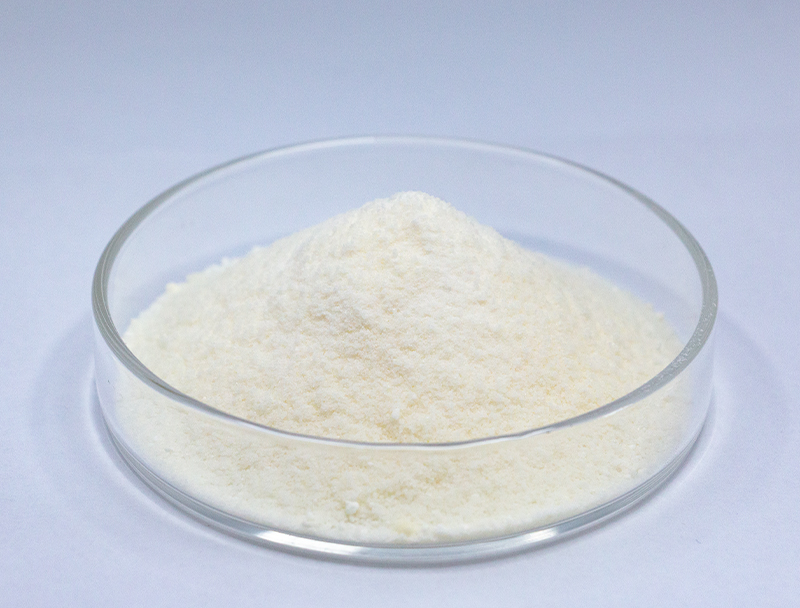 Calcium 2-oxoglutarate
Calcium 2-oxoglutarate